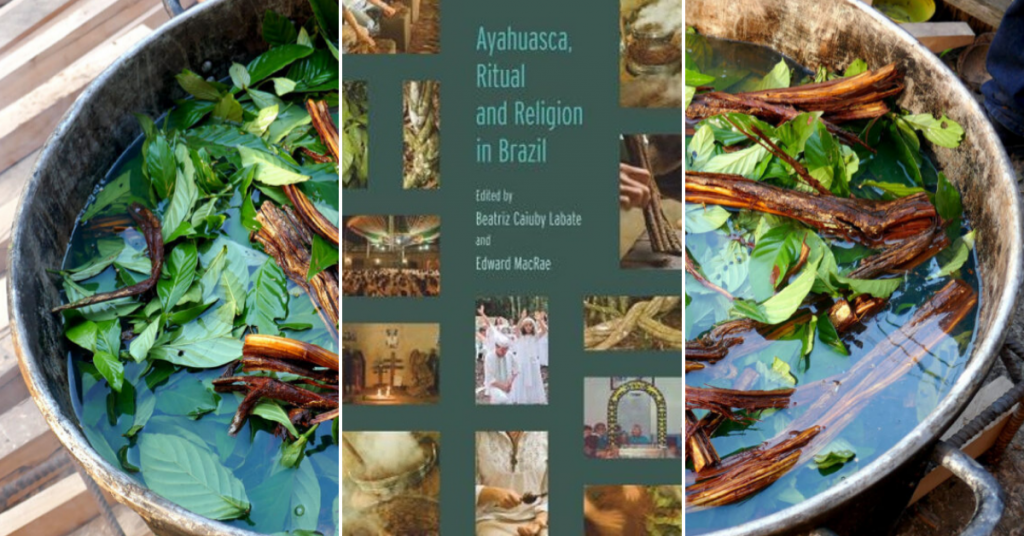Psychobiology of Drug-Induced Religious Experience: From the Brain 'Locus of Religion' to Cognitive Unbinding
Abstract
The recent interest in the psychopharmacological underpinnings of religious experiences has led to both the laboratory characterizations of drug-induced mystical events and psychobiological models of religious experiences rooted in evolution and fitness. Our examination of this literature suggests that these theories may be congruent only within more modern religious and cultural settings and are not generalizable to all historical beliefs, as would be expected from an evolutionarily conserved biological mechanism. The strong influence of culture on the subjective effects of drugs as well as religious thoughts argues against the concept of a common pathway in the brain uniquely responsible for these experiences. Rather, the role of personal beliefs, expectations and experiences may interject bias into the interpretation of psychoactive drug action as a reflection of biologically based religious thought. Thus, psychobiological research proposing specific brain mechanisms should consider anthropological and historical data to address alternative explanations to the “fitness” of religious thought. A psychobiological model of the religious experience based on the concept of cognitive unbinding seems to accommodate these data better than that of a specific brain locus of religion.
Nencini, P., & Grant, G. A. (2010). Psychobiology of Drug-Induced Religious Experience: From the Brain ‘Locus of Religion’ to Cognitive Unbinding. Substance Use & Misuse, 45(13), 2130–2151. http://dx.doi.org/10.3109/10826081003713803
Link to full text


 Er is een nieuw boek verschenen over de Santo Daime van de hand van Jazmin Wuyts, afgestudeerd in culturele antropologie en ontwikkelingssociologie. Het boek, “Santo Daime; betekenis en aantrekkingskracht van een ayahuasca-religie”, is een geredigeerde versie van Wuyts’ afstudeerscriptie. De connectie tussen de Santo Daime in Brazilië en Nederland wordt onder de loep genomen, en wat het boek bijzonder maakt is dat het alleen gebaseerd is op literatuur en interviews – Wuyts heeft zelf niet deelgenomen aan de rituelen. De hoofdvraag die in het boek behandeld wordt is “Wat is de betekenis en aantrekkingskracht van de Santo Daime-religie voor de deelnemers en hoe kan men verklaren dat het in minder dan een eeuw over de hele wereld is verspreid?”
Er is een nieuw boek verschenen over de Santo Daime van de hand van Jazmin Wuyts, afgestudeerd in culturele antropologie en ontwikkelingssociologie. Het boek, “Santo Daime; betekenis en aantrekkingskracht van een ayahuasca-religie”, is een geredigeerde versie van Wuyts’ afstudeerscriptie. De connectie tussen de Santo Daime in Brazilië en Nederland wordt onder de loep genomen, en wat het boek bijzonder maakt is dat het alleen gebaseerd is op literatuur en interviews – Wuyts heeft zelf niet deelgenomen aan de rituelen. De hoofdvraag die in het boek behandeld wordt is “Wat is de betekenis en aantrekkingskracht van de Santo Daime-religie voor de deelnemers en hoe kan men verklaren dat het in minder dan een eeuw over de hele wereld is verspreid?”